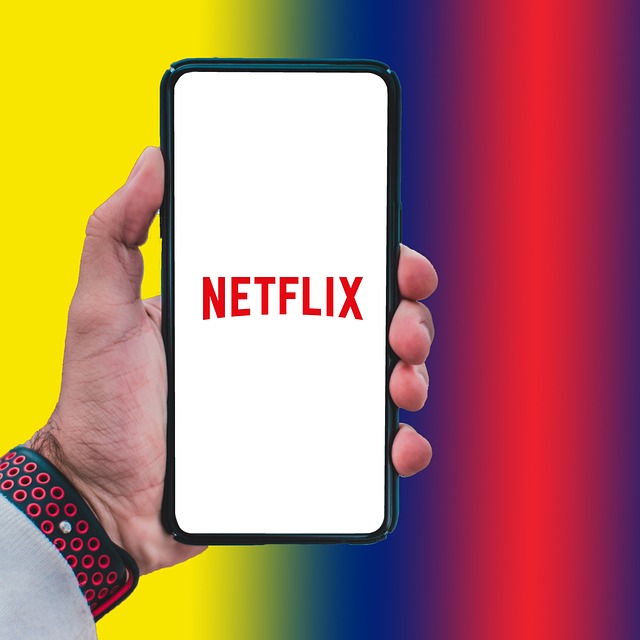The DivX file format, launched over two decades ago, revolutionized video compression and sharing by offering superior compatibility and reduced file sizes while preserving high-quality video and audio. Its initial success was driven by its ability to compress videos efficiently, making it ideal for online streaming and peer-to-peer sharing. Over time, DivX evolved to enhance compatibility across various devices and platforms, establishing itself as a versatile standard for video content distribution. The DivX format stands out for its remarkable compatibility, efficient compression algorithms, and support for diverse codecs, making it a top choice in real-world scenarios ranging from casual users to professional video editing and online content delivery.
Discover the revolutionary power of DivX, a file format that has reshaped multimedia compatibility. This article explores the historical evolution of DivX, highlighting its key features designed for optimal performance. We delve into the unparalleled flexibility it offers, enabling seamless playback across diverse devices and platforms. By examining real-world applications, you’ll understand why DivX remains an indispensable standard in today’s digital landscape, ensuring a rich viewing experience regardless of your setup.
Understanding DivX: A Historical Perspective

The DivX file format, developed over two decades ago, revolutionized video compression and sharing. Born from a need for better video compatibility and reduced file sizes, DivX offered a game-changing solution in the digital media landscape. Initially, it was celebrated for its ability to compress videos while maintaining remarkable quality, making it ideal for online streaming and peer-to-peer file sharing.
Historically, DivX’s popularity surged due to its superior compression rates compared to rival formats, enabling users to enjoy high-quality videos in smaller file sizes. This feature became increasingly important as internet bandwidth limitations constrained video consumption. Over time, the format evolved, embracing advancements in multimedia technology and enhancing its compatibility across diverse devices and platforms, solidifying its position as a versatile standard for video content distribution.
Key Features of the DivX File Format

The DivX File Format is renowned for its exceptional compatibility, allowing users to enjoy videos seamlessly across various devices and platforms. One of its key features is the ability to compress video files significantly while maintaining high-quality playback. This achievement is possible through advanced compression algorithms that reduce file sizes without sacrificing visual clarity or audio fidelity. As a result, DivX-encoded videos can be easily shared, streamed, or downloaded, making it an ideal choice for media enthusiasts and content creators.
Furthermore, the format supports a wide array of codecs, ensuring that diverse video and audio standards are accommodated. This versatility enables compatibility not only with standard players but also with more specialized software used in professional video editing and distribution. Such broad support has contributed to DivX’s enduring popularity as a reliable and flexible format for digital media storage and transfer.
Unlocking Flexibility: Compatibility across Devices and Platforms

The DivX file format has been designed with a singular focus: unparalleled flexibility and compatibility. One of its key strengths lies in its ability to seamlessly work across various devices and platforms, making it a universal choice for video enthusiasts worldwide. Whether you’re streaming on your smartphone, tablet, or smart TV, the DivX codec ensures a smooth and uninterrupted playback experience. This cross-device compatibility is made possible by the format’s efficient compression algorithms, which preserve high-quality video while reducing file sizes significantly.
Imagine being able to enjoy your favorite movies and shows without worrying about compatibility issues. With DivX, you can freely share and play videos on any device that supports standard media players, eliminating the need for specialized software or codecs. This universal accessibility is a game-changer, especially in today’s diverse digital landscape, where different devices and operating systems are prevalent. By embracing DivX File Format Compatibility, users can simplify their video consumption experience without sacrificing quality.
Real-World Applications and Benefits

The DivX file format offers unparalleled flexibility and compatibility, making it a popular choice in various real-world applications. From video streaming to digital media sharing, its ability to compress videos while maintaining high-quality visuals sets it apart from other formats. This makes DivX an ideal format for users who want to enjoy their favorite content without compromising on picture clarity, especially over slower internet connections or on devices with limited storage space.
In the realm of video editing and production, professionals rely on DivX’s efficiency in handling diverse video codecs. Its compatibility ensures seamless integration with popular media players and editing software, streamlining workflows and enhancing productivity. Whether it’s for online content delivery, personal media libraries, or professional projects, DivX’s versatility allows for a wide range of applications, catering to both casual users and industry experts alike.
The DivX File Format offers a unique combination of power and flexibility, ensuring its relevance in today’s diverse digital landscape. By understanding its historical context and exploring key features like unparalleled compatibility, we uncover a tool that transcends devices and platforms. This format not only enhances multimedia experiences but also proves its worth in various real-world applications, solidifying DivX as a game-changer in the realm of file formats with remarkable compatibility.
